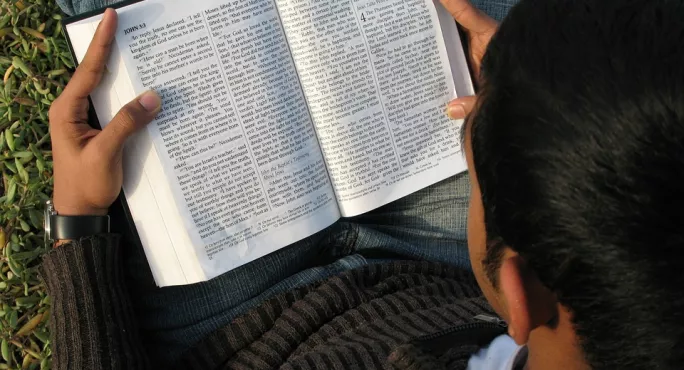Faith schools enrol higher-than-average proportions of high-attaining pupils and relatively low proportions of disadvantaged children, and risk damaging social mobility according to new research.
Faith schools take on 28.4 per cent of pupils who achieve high scores at key stage 2, compared with 23.7 per cent at non-faith schools, figures from an Education Policy Institute (EPI) report show.
They also educate lower proportions of disadvantaged children and children with special educational needs than other state schools .
And one in 10 faith schools is more selective than the average grammar school, according to EPI.
The research comes in the wake of government plans to relax admission rules for faith schools.
Under new education proposals unveiled by Theresa May in September, faith schools will be allowed to select increased numbers of pupils on the basis of religion.
Current rules, which put a 50 per cent cap on the proportion of pupils selected by faith, have been blamed for preventing new Catholic schools from opening.
The EPI’s report found that primary-aged pupils in faith schools “seem to do little or no better than in non-faith schools”.
‘Increased social segregation’
The report added: “Pupils in secondary schools record small average gains of just one-seventh of a grade higher in each of eight GCSE subjects.
“However, given that the average faith school admits fewer pupils from poor backgrounds than the average non-faith school, there is a risk that such small gains would come at the price of increased social segregation, with a risk of lower social mobility.
“If the objective of government policy is to increase social mobility, this policy intervention is unlikely to be effective.”
EPI executive chairman David Laws, a former Liberal Democrat schools minister, said: “The government has stated that it wants to create more good school places, and that this will help tackle the UK’s social-mobility problems.
“But Education Policy Institute research highlights the risk that expanding institutions such as faith schools and grammar schools will do little for the poorest children, and could even widen the social-mobility gaps.
“While there are some faith schools which do admit a large number of disadvantaged pupils, our research shows that almost one in 10 secondary faith schools are even more selective than the average grammar school, and in general fewer poor children get admitted to faith schools.”
‘Too important to ignore’
Mary Bousted, general secretary of the Association of Teachers and Lecturers, said: “This report is timely, adding crucial and up-to-the-minute evidence to the wealth of existing research which challenges the government’s politically driven assertion that increasing the number of faith schools will increase social mobility.
“We know that evidence from research, and from the education workforce itself, is often unheeded by this Government, but surely these findings are too important and relevant for them to ignore.”
British Humanist Association chief executive Andrew Copson said: “Allowing religious selection in admissions to state faith schools is often justified by lauding their academic performance. Today’s report confirms that alleged academic superiority is a myth.
“It also demonstrates that government aspirations to improve social mobility will be harmed, not helped, by their planned expansion of faith schools, which are in any case a disaster for religious segregation and community cohesion.
“The current cap on religious selection is popular and it has worked. We implore the government to listen to the academic and public consensus, and think again.”
Want to keep up with the latest education news and opinion? Follow TES on Twitter and like TES on Facebook




